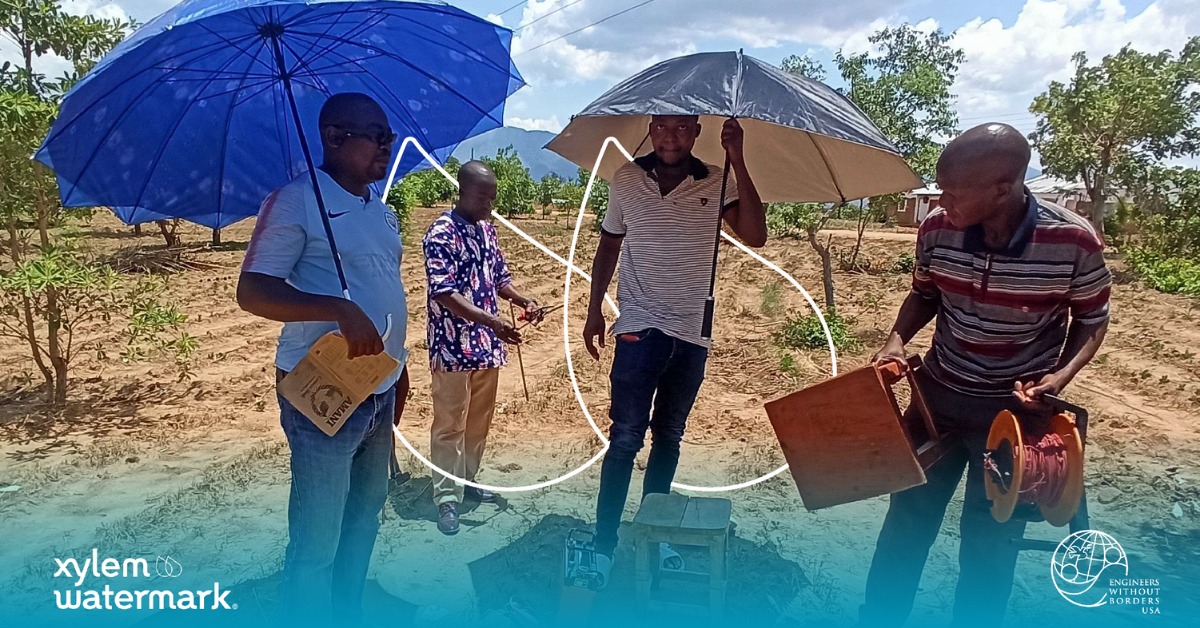Dust suppression solutions are increasingly becoming a linchpin in modern mining operations, underscoring the industry’s commitment to environmental stewardship, worker safety, and operational efficiency. The pertinence of these solutions is magnified by the mining sector’s dynamic and often volatile environment, where the generation of dust is a constant challenge. This article delves into the essence of dust suppression solutions, exploring their significance, methodologies, and the technological advancements that are setting new benchmarks in the mining industry.
The Significance of Dust Suppression
Dust generation is an inevitable by-product of mining activities. From drilling and blasting to transportation and storage, each phase has the potential to release significant amounts of particulate matter into the air. The implications of unchecked dust emissions are multifaceted, affecting not only the health and safety of mine workers but also posing serious environmental concerns. Respirable dust can lead to chronic respiratory conditions, while the environmental impact ranges from the degradation of local ecosystems to contributing to air pollution at a global scale.
Moreover, dust can significantly impede operational efficiency. Visibility reduction, equipment wear and tear, and the potential for increased maintenance costs are just a few of the challenges posed by excessive dust generation. In this context, dust suppression solutions are not merely an operational necessity but a critical component of sustainable mining practices.
Methodologies of Dust Suppression
Dust suppression encompasses a range of strategies and technologies designed to minimise dust emissions. The approach to dust suppression can be broadly categorised into two: prevention and containment. Prevention strategies aim to reduce the generation of dust at its source, while containment methods seek to capture and control dust once it’s been generated.
- Water Spraying Systems: One of the most prevalent methods of dust suppression involves the use of water spraying systems. These systems can be tailored to specific mining activities, with varying nozzle designs and spraying patterns to maximise coverage and dust capture efficiency.
- Chemical Dust Suppressants: Chemical suppressants offer an alternative or complementary solution to water-based systems. These chemicals can be applied directly to the dust source, altering the physical properties of the dust particles and reducing their propensity to become airborne.
- Wind Barriers and Enclosures: Physical barriers, such as wind fences and enclosures, are effective in containing dust within a localised area. These solutions are particularly useful in storage and handling operations, where dust generation is persistent.
Technological Advancements
The evolution of dust suppression technology reflects the mining industry’s broader shift towards innovation and sustainability. Advanced monitoring systems, employing sensors and IoT devices, now enable real-time dust level measurements, allowing for more precise and responsive dust management strategies.
Artificial Intelligence (AI) and Machine Learning (ML) are also making inroads into dust suppression solutions. These technologies can analyse patterns in dust generation and predict peak periods of emissions, facilitating pre-emptive action. Additionally, drones equipped with spraying equipment are being explored for their potential to access and treat areas that are challenging to reach with traditional methods.
Summing up, dust suppression solutions represent a crucial component of modern mining operations, embodying the sector’s commitment to environmental and health standards. The adoption of innovative technologies and methods in dust management not only enhances operational efficiency but also plays a pivotal role in safeguarding the well-being of workers and communities.





